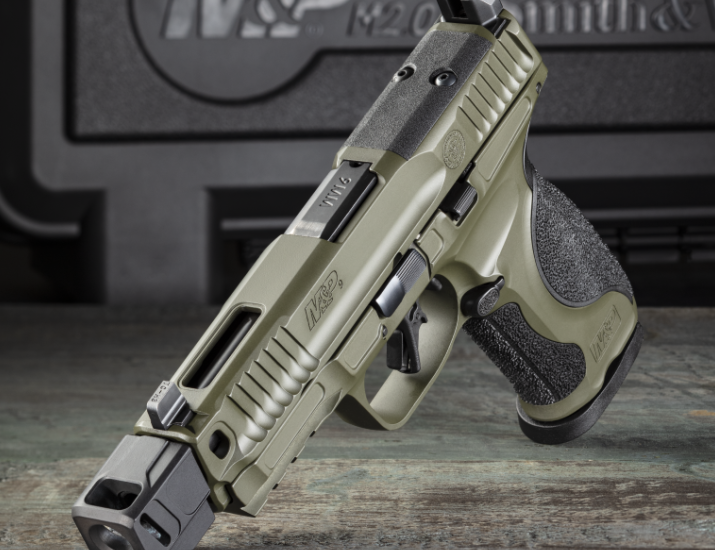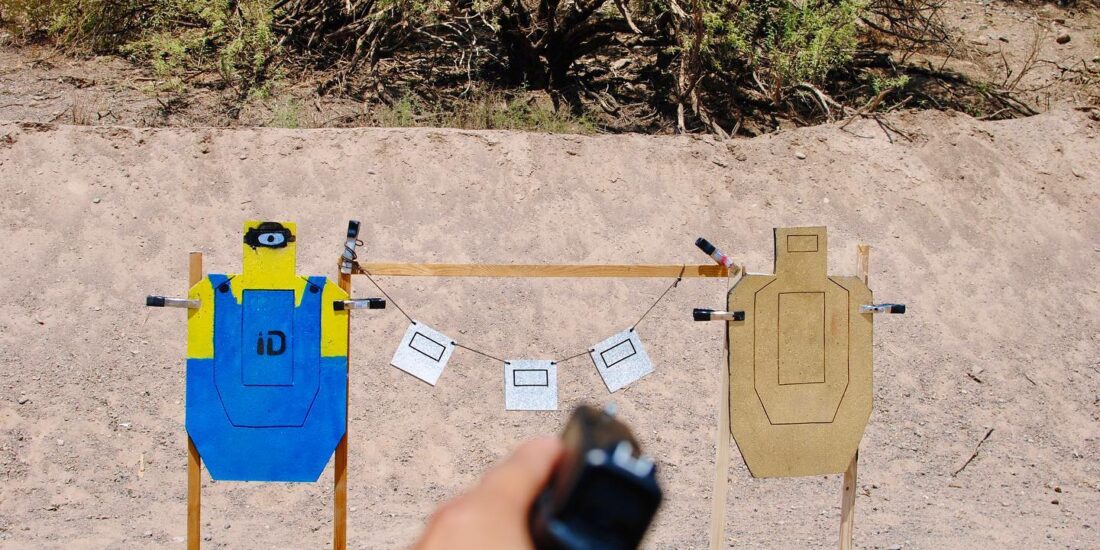Selecting a Handgun in the COVID: Fit is More Important Than Fashion
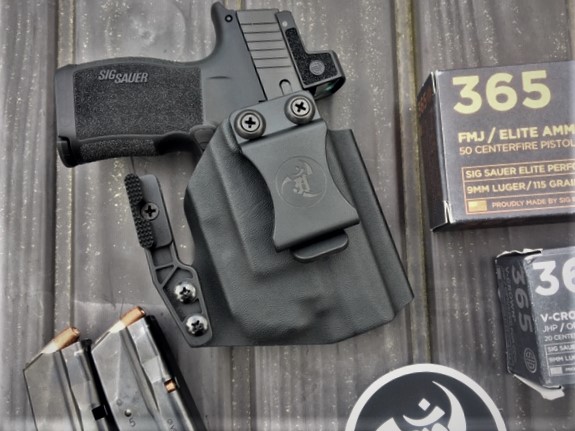
Wither you are a new shooter or an old pro, selecting a handgun can seem daunting. With current availability challenges, you are faced with fewer choices which can make the decision even more difficult.
The good news is that most American factory guns are accurate and reliable enough out of the box for defensive shooting. Once you apply some common sense, you can get a model that fits your hands and your needs. The current market is tight, but with a little effort, you can find what you need.
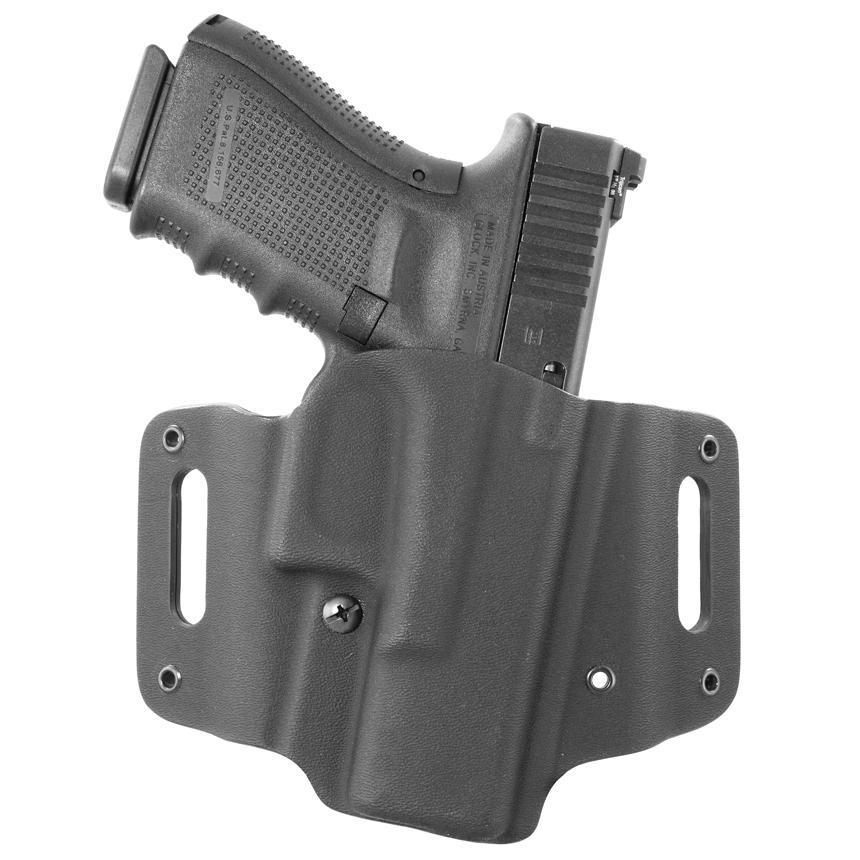
There is an old story about a Texas Ranger. He was attending a social event with his family, wearing his issue sidearm. A woman approached the Ranger and said “I see you are wearing a pistol, are you expecting trouble?” The Ranger replied politely, “Why no ma’am, if I was expecting trouble, I would have brought a rifle”.

Pistols are not what you bring to a fight, they are what you have when you don’t expect a fight. They are designed to keep you alive long enough to get to a rifle. They make it easier to “have a gun”.
Given that the pistol is not a primary weapon, how much pistol is enough? One school of thought is that a .22 (.25 or .380 or .32) will be fine because you will be at close range and you can “shove it under his chin and empty the magazine”. The small pistol you carry is infinitely better than the large frame .44 at home.
More than once, I have heard the argument that the .22 is used by assassins and poachers (I am not sure where this common knowledge comes from) and has killed many people.
My response: For uncounted millennia far back into pre-history, the sharp stick was the dominant weapon on the battlefield. Arguably it is highly effective and has killed countless millions of humans and game animals. Some claim it drove the great Wooly Mammoth to extinction. In spite of this, I choose to carry a more efficient tool which harnesses chemical energy. A lot of chemical energy.
Another point of view emphasizes shot placement and accuracy. These guys say that handgun rounds won’t reliably stop a threat unless you shoot repeatedly with a large-caliber and get good hits. They advocate full size guns with calibers beginning in four.

There is an old saying among hunting guides; “Don’t hunt something unless you have enough gun to kill it.”
The most important quality a handgun must have is portability. If you cannot carry it with you (for most of us, that means concealed) you may as well bring a rifle. This makes small hand guns valuable.
I have heard a thousand variations of this- “The Secret Service carries the Sig 229 in .357 Sig. They protect the President, so that must be the best gun out there. I want to carry a 229 in .357 Sig”
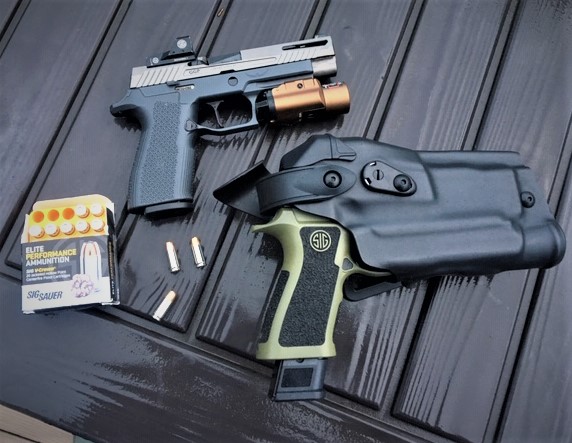
To me this sounds just like “Michael Jordan was the best basketball player in history. He wore size 14 Air Jordans. I want to wear size 14 Air Jordans.” If the gun dosn’t fit, you need better kit.
The gun must fit the shooter. If your hands are large or small, fingers are long or short, the gun must fit your hands. Imagine an Olympic runner with the finest, most technologically advanced shoes on Earth. Now imagine one of the shoes is several sizes to small and the other too big. The runner’s potential speed would go unrealized because of poor equipment fit.
A gun that fits the shooter will be faster into action, inspire better mindset in the shooter and be more efficiently operated. All of these are key advantages in a fight. The practical accuracy of a handgun depends much more on the fit to the individual user than on the gun’s potential mechanical accuracy.
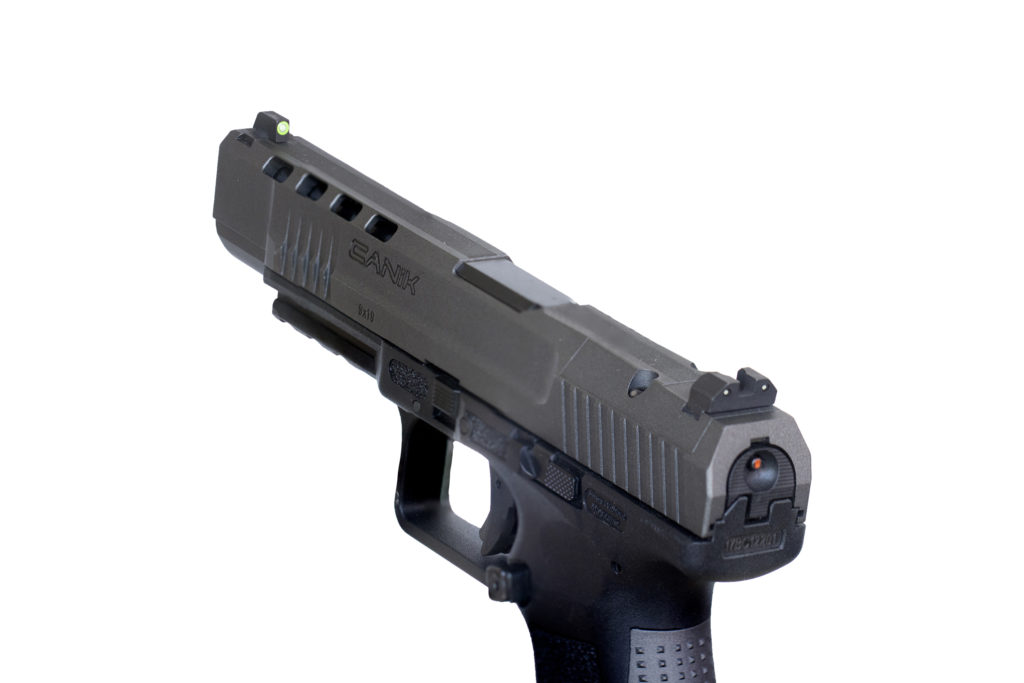
Trigger manipulation is the most profound fundamental in shooting. A heavy and long double action trigger pull can make it difficult to shoot accurately under stress even though the potential accuracy is one hole at 25 yards. For people with small hands, long trigger pulls require constant adjustment of the grip to gain leverage. People with big hands have trouble with sub-compact guns. This doesn’t encourage rapid shooting.
In the days of “Saturday Night Specials” cheap handguns fired small rounds and had little chance of hitting a man-sized target at 25 yards and a smaller chance of functioning long enough to empty a magizine. Modern custom pistols can shoot one ragged hole at 25 yards from a machine rest, and production handguns normally shoot head sized groups. Your results may vary.
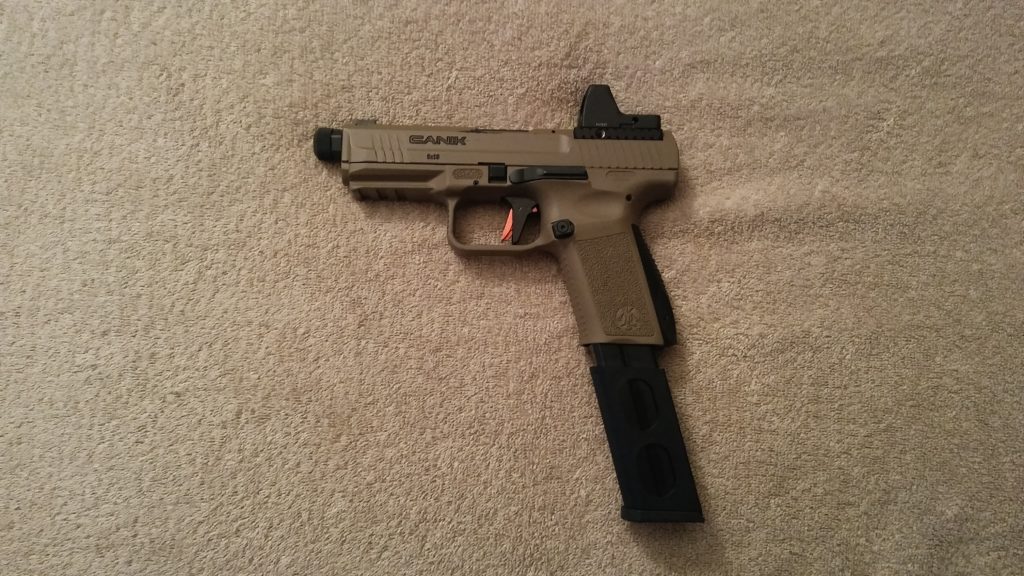
FBI statistics on police shootings indicate that almost 95 percent of officer-involved shootings occur at 21 feet or less, with approximately 75 percent occurring at 10 feet or less. This covered all reported shootings.
The Police Marksman Association conducted a study which examined 180 cases where the Law enforcement Officers WON the confrontation. The results:
– average distance was 20 feet
– average number of rounds fired: 3.5. This was dependent on caliber; .367 Magnum the average was 2.3 rounds and 9 mm it was 5.5 rounds, and other calibers fell in between these two figures
– the officers hit 61.5% of time
At typical shootout distances, most guns on the market have the mechanical accuracy to hit the vital areas of a threat. The bad news is that potential mechanical accuracy may not translate into hits on a target under stress.
Should we ignore accuracy claims made by handgun manufacturers? I want a quality gun which has high potential accuracy and high reliability. With modern manufacturing techniques, accuracy and reliability are not polar opposites; both are possible in the same gun. If forced to choose, I prefer reliability over accuracy.
A handgun which shoots a smaller group than another handgun with the same ammunition is likely to have been made with more precision. An accurate handgun is not necessarily less reliable. Closer tolerances come from quality manufacturing. This quality translates into consistent lock-up and accuracy. Making a precision weapon that works reliably is harder and generally more expensive.
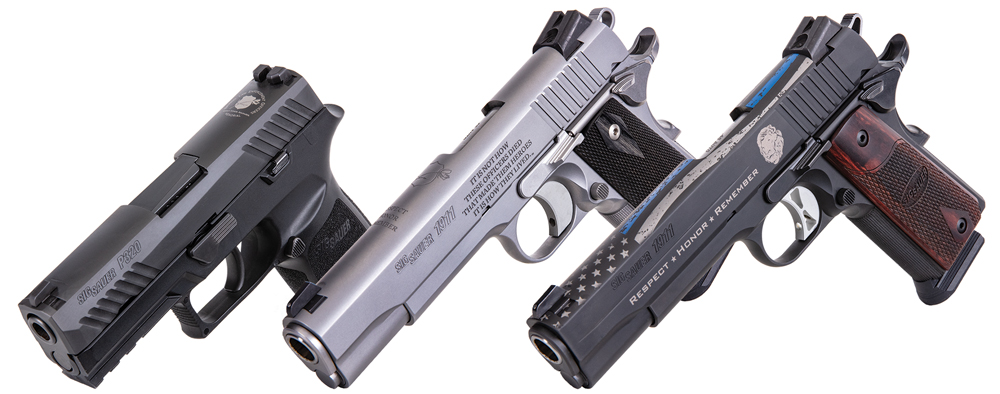
Short barreled handguns can be as accurate as or better than long barrels when fired from a rest. There are two other critical issues. The longer the barrel, the faster the bullet goes, imparting more energy. Long barreled guns provide a longer sight radius and often balance better. If the gun becomes so big that you will not carry it, those advantages are moot.
To be useful, a handgun must be capable of stopping a hostile human from doing us or others physical harm. We need bullets of sufficient energy to penetrate to the brain or spine for instant incapacitation, or into the heart or major blood vessel to produce a quick stop.
Based on my examination of ballistic data, I believe that modern hollow point ammo in calibers 9mm and above offer sufficient energy to use on human threats. Anything less may have poor outcomes. Carefully select defensive ammo. Shoot enough of your selected ammo to make sure it is accurate and reliable in YOUR handgun.
Target shooting doesn’t predict performance in defensive shootings. Reality based training using Simunitions or air soft is more relevent. If money is short, buy a factory gun and high quality training. Stress can translate into poor trigger control and poor aim.
Human threats don’t have scoring rings indicating vital areas. Your ignorance of human anatomy may negate the potential accuracy of your gun. If someone is attacking you, you will probably move. Threats tend to move too, especially if you pull a handgun out and start shooting.
Sight alignment and point shooting become significantly harder when we add movement or other tasks like blocking or receiving punches. Even with great marksmanship abilities, people miss close, large targets in real fights, sometimes missing completely.
To sum it up:
Most American factory guns are accurate and reliable enough out of the box for defensive shooting.
Get the best gun you can afford to train with. Quality is expensive.
Carefully select a gun with an adequate caliber which fits your hands and is small enough that you will carry it.
Train with your chosen gun and ammo.
Get reality based training.
Make friends.




